The Tramway Museum in Porto is one of the most beautiful tramway museums in the region. It is located directly on the banks of the Douro River in a historic power station.
The museum is run by the Sociedade de Transportes Colectivos do Porto (S.T.C.P.), which aims to preserve as many different streetcars as possible. In addition, the Tram Museum also operates the three museum streetcar lines in Porto. These are the only three streetcar lines in the city that are still in operation. One of these streetcars runs right along the banks of the Douro River and also stops at the Porto Tram Museum.
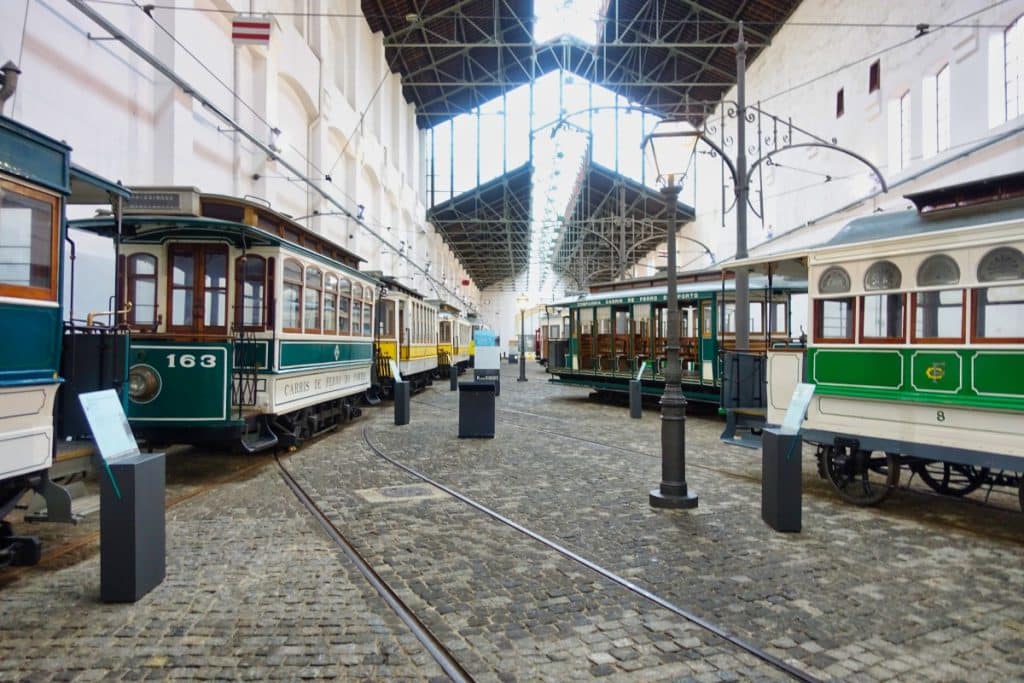
Trams over trams
Those who visit the museum with the PortoCard save 50% on the entrance fee!
When you enter the exhibition hall, you stand in a large, quite bright hall where one exhibit stands next to the next. Signs explain in Portuguese and English what type of vehicle it is. Here you can walk around the vehicles and look at the details at your leisure.

Even though I can understand that it’s hard to take a look inside to protect the vehicles, I think it’s a shame that you don’t get the chance to do so as you do in Lisbon, for example. It would be great to be able to sit on the benches, for example, to get a feel for the trains and the driving experience of the time.
But just wandering among the numerous trams really excited me. Here you can discover everything from the horse-drawn tram to the trolley bus.


I was particularly impressed by some of the vehicles. The horse-drawn tram is a vehicle from the Starbuck Car and Wagon Company in Birkenhead. In May 1872, the first horse-drawn tram ran through Porto. Certainly quite a comfortable ride, though I hope for the animals’ sake that they didn’t have to pull their passengers up the city’s countless hills.
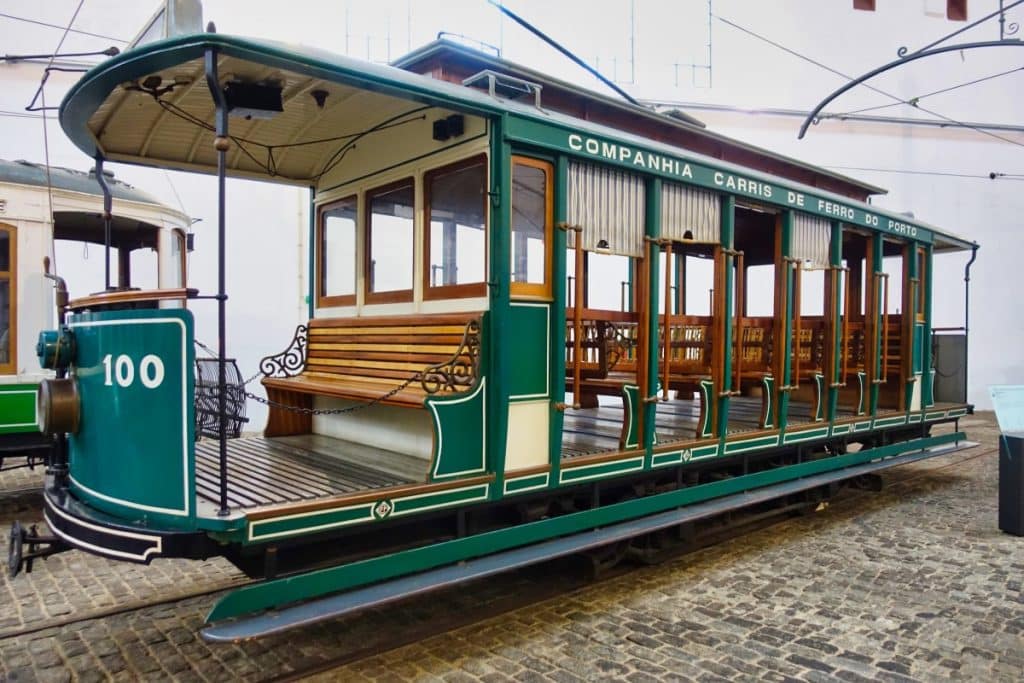
Tram number 100 was an open car. The replica is based on a car that ran in the city around 1910. Unfortunately, the original trolley was burnt in 1928. Especially in the summer months, I can imagine it as a boon to travel in an open carriage in the city.
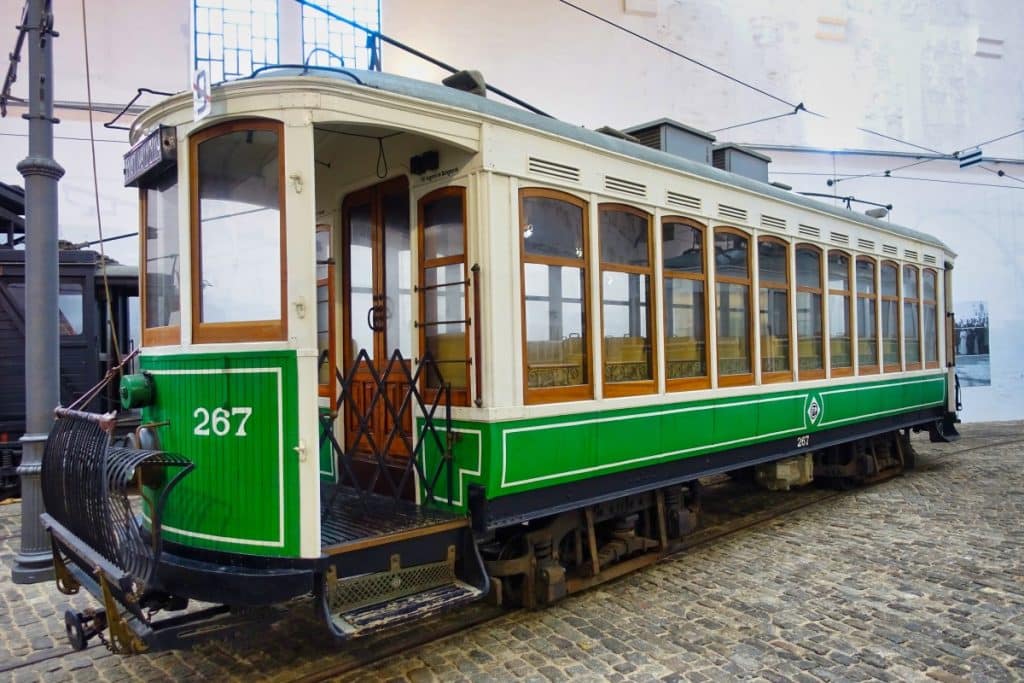
Tram car number 267 has extremely large windows. At first I had assumed that it was a kind of panorama car that took the excursionists to the sea, but that was not the case. The vehicle, built in Porto in 1930, was equipped with removable windows. In the summer months, people sat outside and it was then permitted to smoke during the journey. This gave the vehicle type the nickname “Smoker”.

Tram Nº 500 was designed in 1951/52 and is now in the Tram Museum in Porto. It is a prototype that was never mass-produced. The modern shape was in keeping with the spirit of the times and the planned technical innovations were intended to offer passengers and also the brakeman more comfort. I could not find out why it was never produced. It’s a pity, because I like the shape.
In addition to the various trams, there are also some vehicles on display that were needed for maintenance.

From 1929, the operator of the trams in Porto used the green Hansa-Lloyd wagon tower in the city. This wagon, which came from Germany, made it possible for the first time to repair damage quickly and flexibly directly on site.

I found the black tower car very exciting. This vehicle, developed in 1932, was equipped with a manual lifting platform. A small workshop in the car made it possible to carry out minor repairs to the overhead line and tram cars directly on site.
If a repair was not possible on the spot, the defective vehicle had to be taken off the track as quickly as possible so that it did not hinder other cars in their journey. The red emergency car, which is a replica in the tram museum in Porto, not only had a small workshop inside, but was also capable of towing the broken-down vehicle.
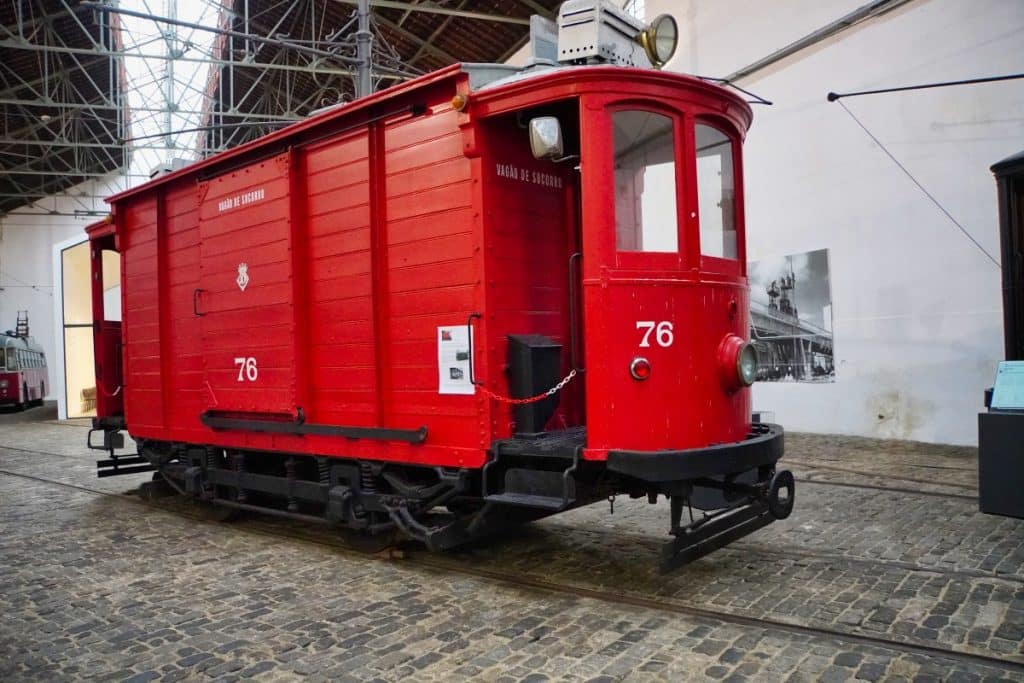
The historic power station
In the building of the historic power station you can admire more than just trams. If you go up a staircase to another level on the side, you come to an area where countless machines are standing. Here, the machines that were needed to generate and convert electrical energy for the electricity grid of the 20th century have simply been left standing.
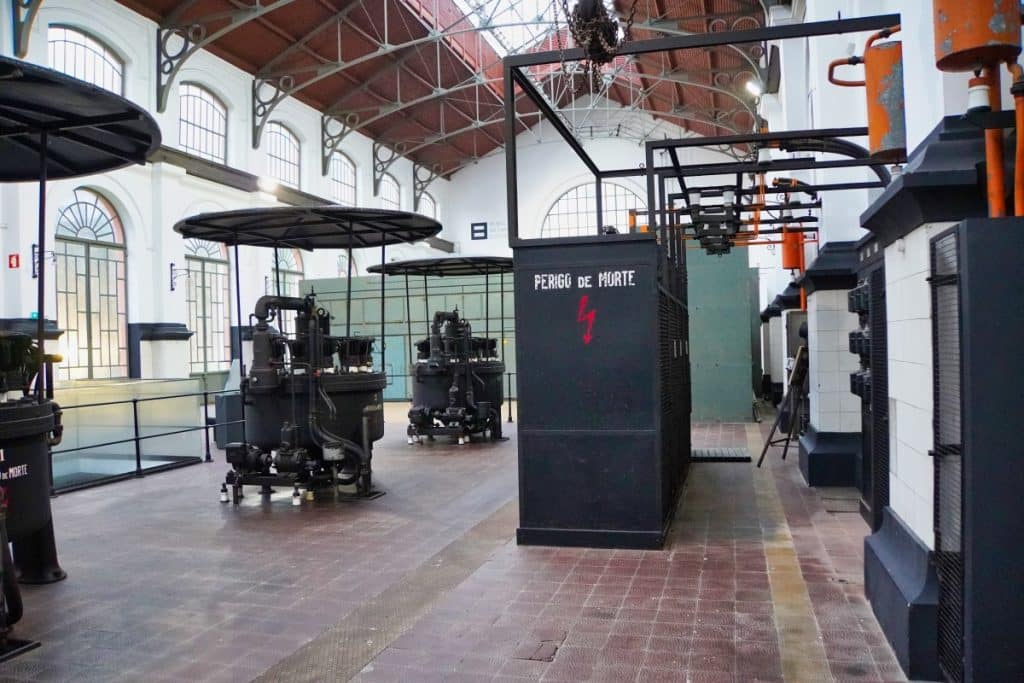
Until 1940, the thermoelectric power station produced enough energy to operate the city’s tram network. It was only with the increasing electrification of the individual lines that the amount of electricity generated by the steam generators was no longer sufficient. Electricity was needed from external suppliers.

In the 1960s, they finally switched over to complete supply by other providers. From then on, the power station was used exclusively as a transformer station for energy conversion.
Today, there are still numerous machines and control boxes in the historic power station. Some of it looks as if it has just been used, others look quite “old-fashioned” from today’s point of view. I like it and would have liked to know more about it.

Address:
Alameda Basílio Teles, 51
4150 – 127 Porto
Opening hours:
Monday: 14 – 18h
Tuesdays to Friday, Sunday: 10-13h and 14 -18h
Saturday: 10-13h
Closed: 24 December in the afternoon, 25 December and 1 January
Admission prices:
Adults: 8€
Discounts are offered. With the PortoCard, for example, you save 50% on the entrance fee.



















Leave a Reply